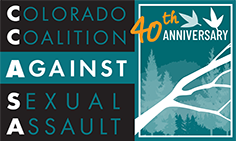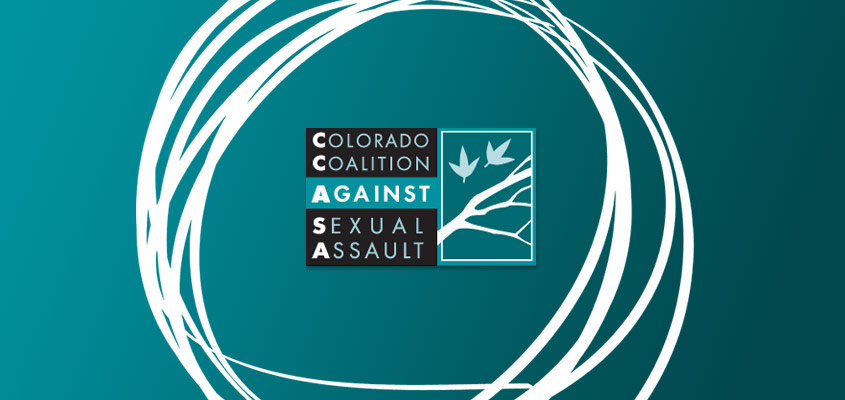by Liz N. Clift
I first learned about Sex and Violence (2013), a young adult novel by Carrie Mesrobian from a best-of book list compiled by the Denver Public Library. The book should come with a trigger warning for depictions of sexual violence (and it doesn’t), because it opens with a sexually active teenage boy, Evan Carter, getting severely beaten in the showers of a North Carolina boarding school – as a “consequence” of fooling around with his roommate’s ex-girlfriend. The ex-girlfriend, as “punishment” for her involvement, was gang-raped by the roommate and one of his friends.
While we know that there will eventually be a trial against the roommate and the friend, it is never dealt with in the book. Instead, we follow Evan as he works through his post-assault trauma in a rural Minnesota town, where his father moved them after the attack. For a while, he is unable to shower, or to think about sex. He keeps his hair short so it cannot be used against him the way it was in the boarding room shower, and over the course of a summer and the subsequent school year (his senior year) Evan begins the process of healing.
During the course of healing, Evan sees a psychiatrist, who encourages him to write letters to someone – anyone – even if he doesn’t send them. He writes to the girl whose rape he feels partially responsible for, with no intention of sending those letters. It is through these letters that readers are able to understand the extent Evan feels guilty for the attack on her, and to which he blames himself for the actions of others.
And while readers are able to see that Evan blames himself – and even as he mocks psychiatry – never once does the book mention “secondary trauma” – as a means of acknowledging that Evan’s trauma extends beyond the violence he experienced, and that that is a legitimate form of trauma. The fact that Evan Carter was also 15 the first time he had sex with someone (a 19 or 20 year old woman who he calls The Cupcake Lady of Tacoma), gets nothing more than a passing mention – Evan briefly acknowledges that The Cupcake Lady of Tacoma knows what she did was wrong, but readers aren’t really allowed to know what Evan thought of this experience.
Nonetheless, this book can prove a useful tool for helping professionals and others to create a dialogue about sexual activity, violence, and healing. Mesrobian avoids slut-shaming the girls and women in the story – and in fact, allows Evan to contemplate the double-standard held about men who frequently have sex versus women who do – and opens up the possibility of talking with other readers about the benefits and pitfalls of a non-monogamous relationship (especially if expectations and needs are not clearly outlined).
However, in my mind, the real importance of this book comes from its unflinching depictions of Evan’s evolving thought processes, and the impact that reading this type of book could have on young adult readers in the aftermath of teenage rape cases that have made national headlines such as Stubenville and Maryville. It provides plenty of fodder for discussions on how the impact of rape can have a ripple effect, how other forms of sexual assault can traumatize an individual (spoiler alert: at the end of the book, Evan winds up in a relationship with a girl who had forced oral sex with an ex-boyfriend, who it seems suffered no concrete repercussions for his actions), and the multitude of ways in which healing can happen.
Mesrobian ties up some of the loose ends in Sex and Violence, but leaves many threads open. This provides the chance for helping professionals to open up the floor – through the lens of this book – to talk about possible additional conclusions. Evan, for instance, does finally mail the letters he wrote to Collette, the girl who was gang raped. This provides a chance to ask what readers think her reaction might be and why. Other reading discussion questions might include:
- What does it mean to heal from a violent physical assault? From secondary trauma? How has Evan healed by the end of the book? In what ways is he still healing?
- Evan’s exact relationship to Collette – and the aftermath of their relationship that ended in two boys gang-raping Collette – is revealed slowly. When you learned the extent of Collette’s experience of both consensual sexual activities and rape at the North Carolina boarding school, what were your thoughts and feelings?
- How does Evan’s relationship to his sexuality change over the course of the book? What does it mean that he finally reveals the real story of the Cupcake Lady of Tacoma?
- How does Evan’s relationship with Jordan provide a safer space for both of them to continue healing? What significance – if any – is there to Jordan deciding to have sex with Evan just before she leaves for college?
- How could Baker’s non-monogamous relationship with Jim have worked better for both Jim and Baker?
- How did you feel about Evan at the beginning of the book, and why? How did you feel about him at the end? If your opinion changed, what are specific instances in the book that caused you to feel differently about him?
These types of discussion questions – and many more – can provide an opportunity for opening up discussions about sexual standards and expectations, consent, trauma, and healing.
Clift is an intern at the Colorado Coalition Against Sexual Assault. She also blogs for Teaching Tolerance, a project of the Southern Poverty Law Center, and works with youth.

